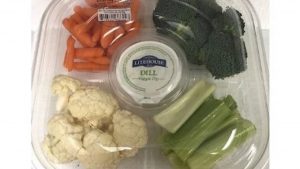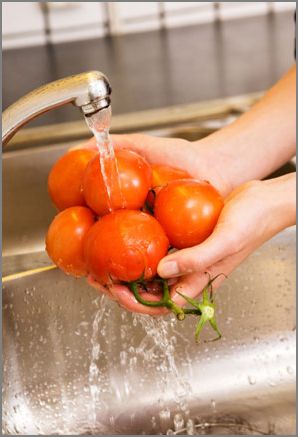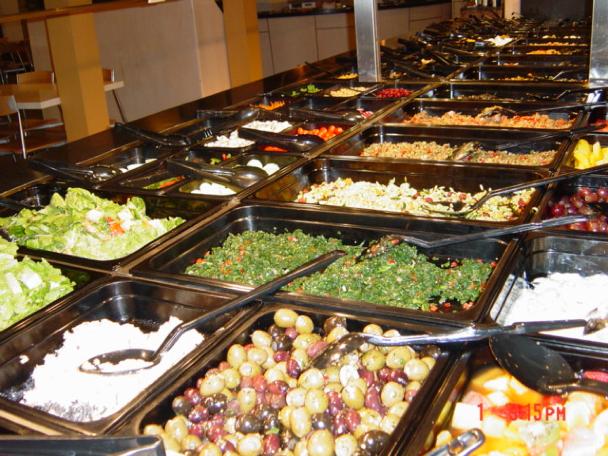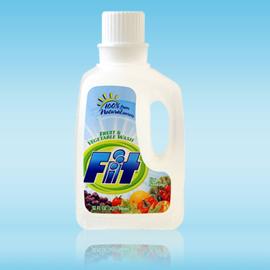There was this time, we thought we’d killed Chapman.
 Ben and I went along with Uncle Denton to the Canadian Horticulture Council meeting in Montreal in Feb. 2003. I had chaired a national committee on on-farm food safety program implementation – and the advice was completely ignored – Chapman and I had done years of groundwork with Denton and the Ontario Greenhouse Vegetable Growers, and we agreed to share a room at the annual meeting to cut down on expenses.
Ben and I went along with Uncle Denton to the Canadian Horticulture Council meeting in Montreal in Feb. 2003. I had chaired a national committee on on-farm food safety program implementation – and the advice was completely ignored – Chapman and I had done years of groundwork with Denton and the Ontario Greenhouse Vegetable Growers, and we agreed to share a room at the annual meeting to cut down on expenses.
There was a couple of receptions and I still remember Ben and I asking Uncle Denton for drink tickets. We then retired to a hotel lounge and I knew trouble was ahead when Chapman asked for a cigarette.
He then went to the bathroom.
He didn’t return.
 He showed up a few hours later, seemingly intact.
He showed up a few hours later, seemingly intact.
Denton had forgotten that story (Denton’s on the right in that pic with my grandfather, Homer) when I called him a couple of weeks ago, to thank him for the opportunity to develop on-farm food safety stuff back in 1998 with the Ontario Greenhouse Vegetable Growers. I’ve been using those anecdotes (not the ones about Chapman) and lessons learned a lot lately – seems like too many people are in a food safety time warp.
Guess it brought up a few memories for Denton, who wrote this in Sept.’s issue of The Grower:
As you journey through life you meet the occasional person who makes a real difference. Dr. Douglas Powell is one of those – to say the least.
Doug called me recently to talk about the early years. He was new in the On Farm Food Safety business when I was working with the Ontario Greenhouse vegetable group. Doug was at the University of Guelph and I would talk to him about the phone call I didn’t want to get. This would be the imaginary call from a senior’s residence wondering why all the occupants were very sick after consuming a fresh salad, and if the cause may have been the greenhouse tomatoes. I never got that call—thank God–but I wanted to be ready. And that readiness included a strong response indicating we had an On Farm Food Safety program and proof we were capable of tracing our greenhouse product. We’ve seen several incidences in the past few years with certain fresh veggies and berries that almost ruined the industry and certainly crippled those markets for a year or so.
 From the University of Guelph and the beginning of the On Farm Food Safety program, Doug has moved to Kansas State University where he is associate professor of food safety. He is still very much in the industry – just relocated to a different university — and still writing newsletters, hence the reputation of “the guru” of On Farm Food Safety.
From the University of Guelph and the beginning of the On Farm Food Safety program, Doug has moved to Kansas State University where he is associate professor of food safety. He is still very much in the industry – just relocated to a different university — and still writing newsletters, hence the reputation of “the guru” of On Farm Food Safety.
Doug has remained a good friend over all these years. We developed a bond as we developed an On Farm Food Safety program for greenhouse vegetables and more. Doug’s philosophy was to keep it simple. He could relate to growers, and had an uncanny ability to make the complicated science of bacterial contamination simple and understandable. Early on, he received a little help from Dr. Gord Surgeoner. These were the seeds of the On Farm Food Safety program in Canada, spreading from Ontario Greenhouse to CHC and to most vegetable growers across Canada.
I can still see Doug in an old T-shirt and jeans, holes in both, and running shoes–that was his fashion statement. Of course, his description of toilet paper “slippage” resulting in fecal contamination on your finger was priceless, but his crude description helped to break down the mystery of bacterial contamination by food handlers with dirty hands. Seems to me I got a T-shirt from Doug with “Don’t Eat Poop” written on the front. Doug continues to be a great communicator, a fair goalie, poor at politics but great at On Farm Food Safety and raising little girls.
Thanks, Doug. I am proud to say I knew you back when.
 And I knew Chapman, way back when.
And I knew Chapman, way back when.
 On May 21, 2019, the Wisconsin Department of Health Services announced that vegetable trays produced by Del Monte Fresh Produce Inc. and sold at Kwik Trip convenience stores in Wisconsin and Minnesota are linked to three illnesses in Wisconsin and one illness in Minnesota.
On May 21, 2019, the Wisconsin Department of Health Services announced that vegetable trays produced by Del Monte Fresh Produce Inc. and sold at Kwik Trip convenience stores in Wisconsin and Minnesota are linked to three illnesses in Wisconsin and one illness in Minnesota.
.jpg) The outbreak, thought to have been spread through contaminated vegetables, is unusual in that it has affected mainly adults.
The outbreak, thought to have been spread through contaminated vegetables, is unusual in that it has affected mainly adults.  But it’s definitely not solving the problem … If you happen to be lucky and the cells of the pathogen are not going to be attached to the surface, you may get lucky. If the cells have formed some structure and are strongly attached to the surface, you may not.”
But it’s definitely not solving the problem … If you happen to be lucky and the cells of the pathogen are not going to be attached to the surface, you may get lucky. If the cells have formed some structure and are strongly attached to the surface, you may not.” their nose on the contents.
their nose on the contents. And every time, Chapman or I will walk the person through the limitations with testing, especially in fresh produce.
And every time, Chapman or I will walk the person through the limitations with testing, especially in fresh produce.  Ben and I went along with Uncle Denton to the Canadian Horticulture Council meeting in Montreal in Feb. 2003. I had chaired a national committee on on-farm food safety program implementation – and the advice was completely ignored – Chapman and I had done years of groundwork with Denton and the Ontario Greenhouse Vegetable Growers, and we agreed to share a room at the annual meeting to cut down on expenses.
Ben and I went along with Uncle Denton to the Canadian Horticulture Council meeting in Montreal in Feb. 2003. I had chaired a national committee on on-farm food safety program implementation – and the advice was completely ignored – Chapman and I had done years of groundwork with Denton and the Ontario Greenhouse Vegetable Growers, and we agreed to share a room at the annual meeting to cut down on expenses. From the University of Guelph and the beginning of the On Farm Food Safety program, Doug has moved to Kansas State University where he is associate professor of food safety. He is still very much in the industry – just relocated to a different university — and still writing newsletters, hence the reputation of “the guru” of On Farm Food Safety.
From the University of Guelph and the beginning of the On Farm Food Safety program, Doug has moved to Kansas State University where he is associate professor of food safety. He is still very much in the industry – just relocated to a different university — and still writing newsletters, hence the reputation of “the guru” of On Farm Food Safety. On May 17, 2001, Procter & Gamble announced that it was discontinuing its Fit Fruit & Vegetable Wash in the United States, Canada and Mexico effective September 28, 2001. The company said the market was too small for continued investment.
On May 17, 2001, Procter & Gamble announced that it was discontinuing its Fit Fruit & Vegetable Wash in the United States, Canada and Mexico effective September 28, 2001. The company said the market was too small for continued investment. Which raises the question: is it bad manners to blow your nose at the table, even if you’re not using your napkin?
Which raises the question: is it bad manners to blow your nose at the table, even if you’re not using your napkin?
.png) As reported by the
As reported by the  crumbling across the nation,” and it’s leading consumers to “tak[e] a healthy interest in vegetables and other locally made produce.”
crumbling across the nation,” and it’s leading consumers to “tak[e] a healthy interest in vegetables and other locally made produce.”